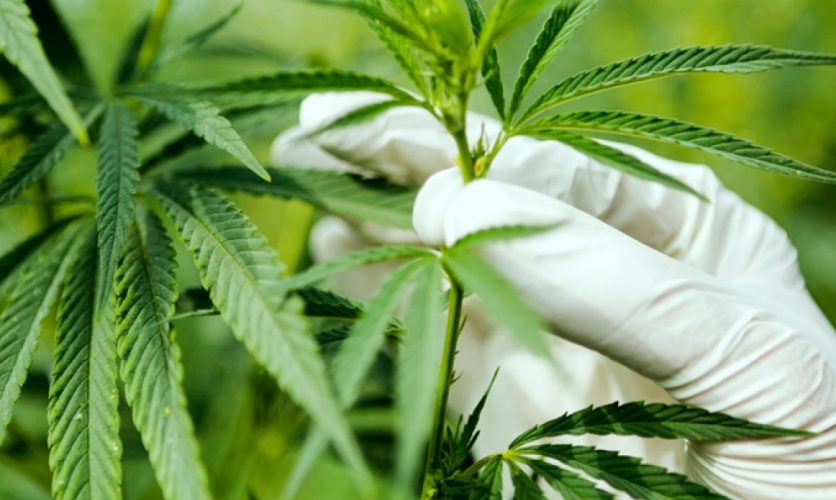THC concentrates, also known as cannabis extracts, are products made from cannabis plants that contain high levels of THC. They go by many names – wax, shatter, budder, rosin, hash oil, dabs and reach THC levels as high as 90%. As cannabis legalization expands, THC concentrates are growing in popularity due to their heightened potency.
- Solvent-based extraction
Most THC concentrate extraction methods use a solvent like butane, CO2, propane, or ethanol to separate resins and cannabinoids from plant material. The plant matter is put through an extraction process, yielding a viscous oil concentrate commonly known as hash oil or cannabis oil. Solvents are later removed using vacuum ovens and other techniques. Popular solvent-based methods include.
- Butane Hash Oil (BHO) – Butane is passed through cannabis to extract cannabinoids and terpenes. A highly potent and aromatic oil is created. Must be purged correctly to remove all solvent.
- CO2 Oil – Uses pressurized carbon dioxide as the solvent. Produces a clean, high-quality product. Requires expensive equipment.
- Ethanol Extraction – Food-grade ethanol dissolves trichomes to create various oil consistencies for vape cartridges and tinctures.
- Solventless extraction
Solventless methods depend on heat and pressure rather than chemicals to isolate cannabis resin.
- Rosin tech – Plant material is placed between two hot plates or inside a hydraulic press, forcing out pure cannabinoid-rich resin.
- Ice water hash/bubble hash – Trichome heads are separated using ice water and filtration screens. When dried, it forms a solid final product.
While solventless extraction is considered safer with no residual solvent to remove, yields tend to be lower than solvent-based processes.
Consumption methods
- Dabbing – Heating a small amount or “dab” of THC concentrate on a hot surface or nail, and then inhaling the vapor through a dab rig is known as dabbing. This potent inhalation method provides near-instant effects. Oil consistency determines the ideal heating temperature. Popular types for dabbing include shatter, budder, wax, and live resin.
- Vaporization – Specially designed vaporizers allow cannabis extracts to be vaped similarly to e-cigarette devices. Pre-filled THC oil cartridges simply attach to a battery-powered heating unit. Vape pens provide an accessible consumption option with dosing ease. Distillates and CO2 oils often fill vape cartridges due to their viscosity.
- Ingestion – THC concentrate is infused into various edibles, tinctures, capsules, and more when orally ingested. Effects manifest differently than inhalation as the oil gets metabolized by the liver. Edibles provide long-lasting, full-body effects compared to faster dabbing and vaping onset.
Potency levels
what is thc? THC concentrates pack a powerful punch – most range between 50-90% THC levels. This intensifies psychoactive potency far beyond dried cannabis flower, which typically contains 15-25% THC. First-time users should exercise extreme caution with dosing. Even cannabis veterans are overwhelmed by concentration’s sheer intensity. It’s wise to start low and go slow until you understand your tolerance levels. Below are average THC concentrations among various concentrate types.
- Kief – Unpressed trichomes sifted from dry plant material. THC levels are around 46% or less.
- Bubble hash – Dry ice or ice water extraction. THC ranges from 35-65%.
- Shatter – Hard, transparent, and glass-like texture. Usually tests 60-85% THC content.
- Budder – Creamy, whipped texture. THC levels vary between 60-90%.
- Live resin – Made from freshly frozen plants. Highest THC levels reaching 80-90% plus a robust terpene presence.
If state laws allow, give cannabis extracts a conscious try. You may be stunned by the flavors and helpful effects concentrated oils hold.





